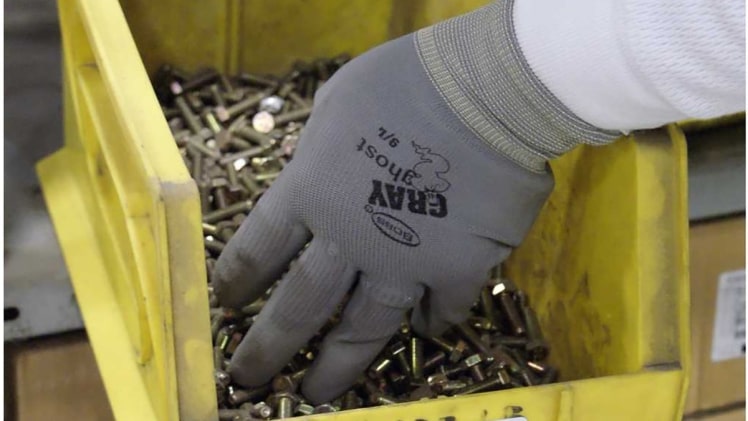As a worker from the industrial sector, it becomes essential to wear extensive work gear that includes safety essentials and PPE. Undoubtedly, industrial workspaces are highly hazardous, making you vulnerable to workplace injuries. A sophisticated work environment includes massive and complicated machinery. Not paying attention to the safety guidelines, working devoid of appropriate gear and being negligible in handling tools are some causes of typical workplace injuries. With that said, operating machinery without a pair of cut resistant gloves protects your fingers from abrasions and punctures out of sharp edges or parts.
Things to consider while buying protective gloves
Australia reported more than 5 lakh workplace injuries in 2018, and the proportion is still the same. There were around 38% of traumatic injuries recorded which were severe claims. If your workplace guidelines suggest wearing a pair of safety gloves, you will have to buy a few pairs. While the primary criteria of safety gloves are cut-repellence and abrasion resistance, what is the right level of resilience? What levels of penetration can they allow and what they should not? If this is your first take with safety gloves, you will first have to consider the type of work you will be doing. Here is a list of factors you must regard and steps to follow to buy the best cut resistant gloves,
1. Know the levels
Safety gloves offer cut-resistance of different grades from low to high. To begin with, understand that high-level cut resistant gloves are not the ultimate or ideal pair of gloves you will need. It’s because buying such high-end gloves can compromise comfort as they tend to be bulky and massive.
Discomforting gloves can be another cause for careless work injuries, and so it is essential to grade your work intensity to choose between the low and medium levels. High-end gloves, however, can be suitable for industries and workplaces involving sheet metal production, welding, etc.
2. The Material
The level of cut resistance a pair of safety gloves delivers also depends on the fabric that gets manufactured. The level 4 and 5 gloves, made out of UHMWPE yarn, resist heavy-duty cut hazards. They are lightweight and even water-resistant, so make a good pair of all-season gloves.
However, when it comes to heat dispersion and insulation, kevlar and other para-aramid yarn gloves are the best bet. Kevlar gloves are considerably heavy but offer an excellent grip and best suit hot work environments with an optimum water absorption rate. Other typical options you will find are stainless steel, woven and meshed gloves.
3. Size
To ensure that you buy accurately fitting gloves, measure the required dimensions precisely. While you can solely use tape to measure the width below the fingers, you can cross-check the size chart. It is always better to size up when you pick safety gloves. Choosing a more significant size ensures that your hand does not suffer from mechanical pressure and keeps away fatigue in the long run. With the size, you will also have to consider the length. Most cut resistant gloves cover the palm and extend slightly near the wrist. If you fancy an extra level of protection, it is better to go up with the glove length.
4. Budget
While most gloves are moderately priced, several types can seem pricey due to the material or the layers of fabric they are made out of you still need to streamline your budget. If you invest a substantial amount in your new pair of safety gloves, be mindful of watching out for other features. Non-conductive and cut-repellent gloves are the best to buy in welding or any other manufacturing industry.

